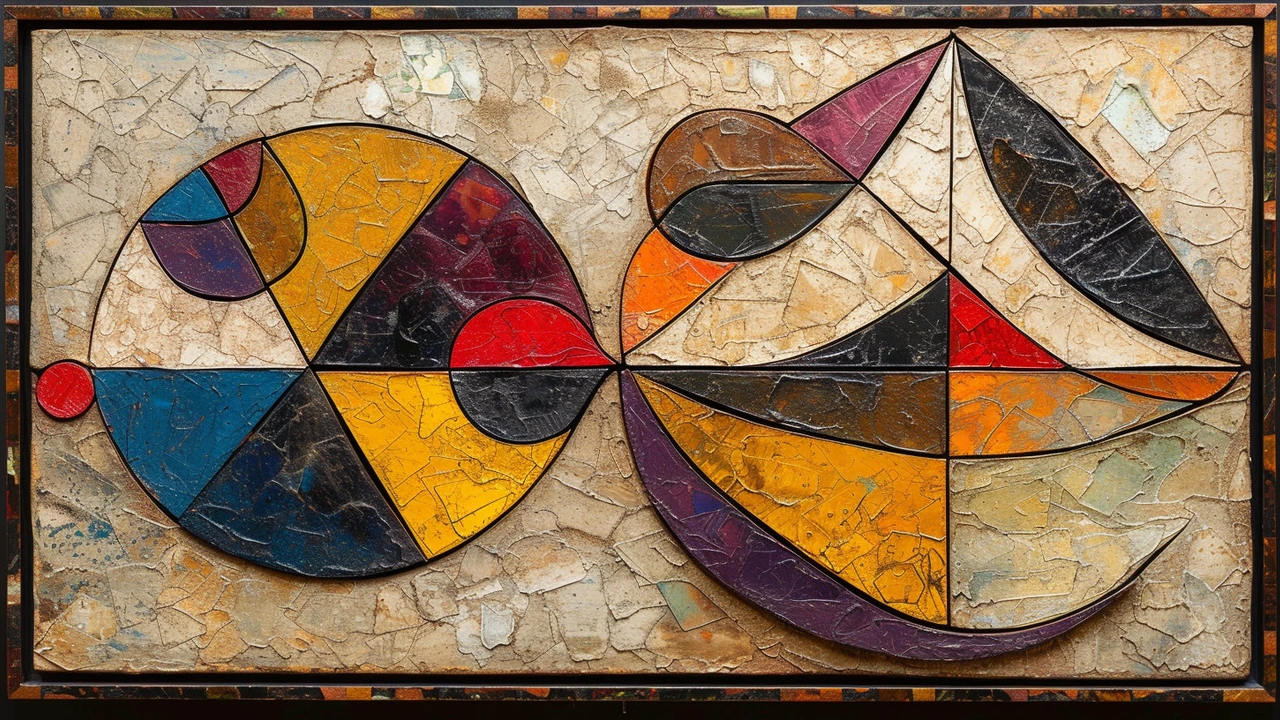So, we're diving head-first into the wild and wonderful world of Deconstructivism, folks! This isn't your grandma's art movement. It's like Picasso and The Hulk had a baby and decided to raise it in a world made of Jenga blocks. This is all about breaking the norm, mixing things up, and finding creativity in chaos. In a nutshell, it's about creating beauty from the unexpected, and let me tell you, it's as exciting as a roller coaster ride with a blindfold on!
Artistic Expression in Architecture: How Buildings Speak
Some buildings shout, others whisper. Artistic expression in architecture is the way designers use shape, color, material and detail to make a building feel like art. You don’t need a degree to see it—once you know what to look for, cities turn into galleries.
How to spot artistic expression
Start with the façade. Is it symmetrical and classically detailed like Greek Revival or Beaux-Arts? Or is it a playful mix of forms and colors like Postmodern work? Look for key elements: columns and pediments point to classical influence; sweeping curves suggest Baroque or Expressionist moves; exposed steel and glass hint at High-Tech or Neo-Futurism.
Check materials and texture. Roman buildings used concrete and arches in clever ways; modern icons use glass and metal for transparency and light. Texture—brick patterns, carved stone, or metal mesh—adds visual rhythm. Lighting is also a clue: dramatic uplighting reveals sculptural facades, while soft, even light suits minimalist styles like Bauhaus or International Style.
Notice scale and ornament. Big public buildings often use grand details to tell a story, while residential styles like American Craftsman use handcrafted wood and visible joinery to express warmth. Ask: does the design aim to impress, to comfort, or to surprise? That intention is artistic expression.
How to use artistic expression in your project
If you’re decorating or renovating, pick one clear idea and push it. Want drama? Add a bold arched window, a sculptural staircase, or a dramatic entrance—small moves can read large. Prefer subtlety? Choose quality materials and small, repeated details: consistent cornice lines, refined moldings, or a patterned tile band.
Mixing styles works if you respect proportion and material. Pair a modern glass addition with a restored brick façade by matching scale and scale lines. Use lighting to highlight artful moments: a well-placed fixture can turn a plain wall into an intentional canvas. And remember function—art that complicates use will frustrate people; art that improves movement and light will be remembered.
Want quick practice? Walk one block with a notebook. Jot the style, the dominant material, one unusual detail, and how the building made you feel. Do that five times and you’ll spot patterns: why Renaissance buildings favor symmetry, why Constructivist facades feel political, or why Neo-Futurist structures look like machines of the future.
Artistic expression isn't only for monuments. It lives in door frames, window shapes, and garden walls. Once you know what to see, you’ll find ideas you can reuse at home or in a project. Read different styles, try small experiments, and let buildings teach you how art and architecture work together.

